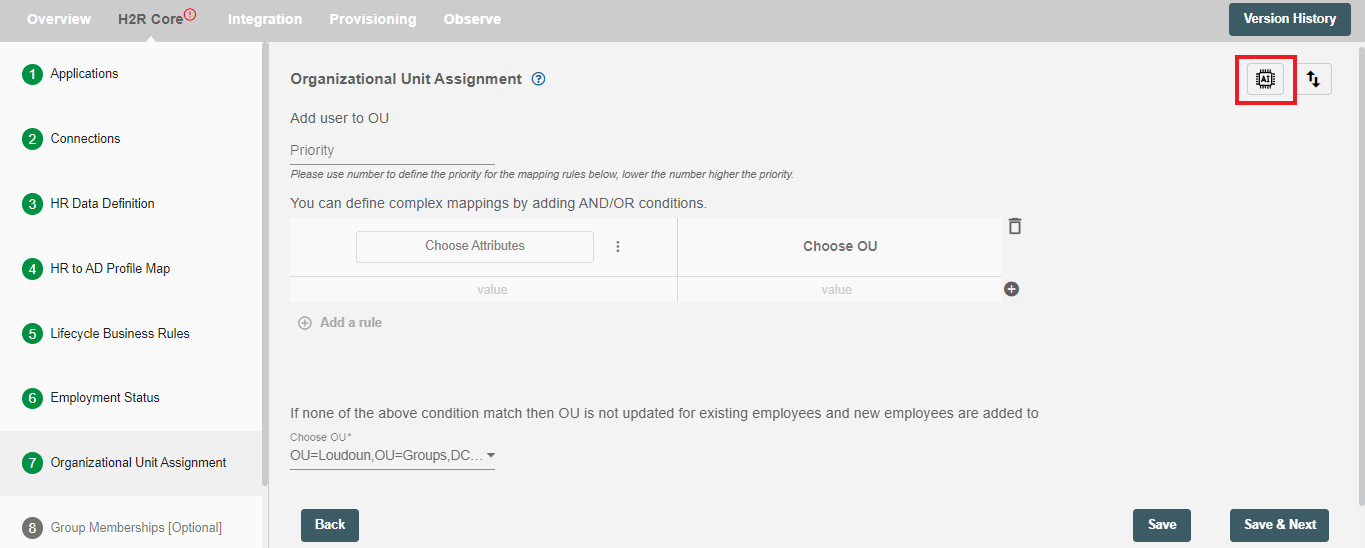Organizational Unit Assignment
An organizational unit (OU) is a container for the objects where you can place users, groups, computers, and other organizational units. You can create organizational units to mirror your organization's functional or business structure.
This design step allows you to create rules to select specific users using filters and assign them the desired organizational unit.
If there is no OU found in the custom mapping rule, then the integration will move user to the default OU.
Note- This is a mandatory step, you will have to fill out the default OU dropdown to move to the next step.
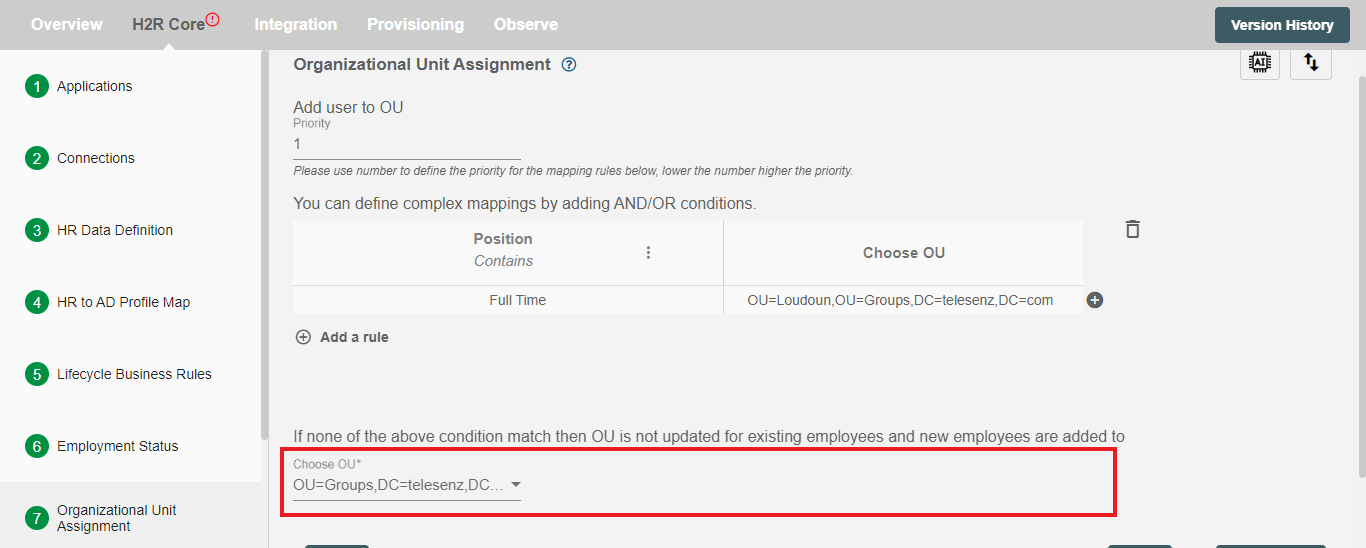
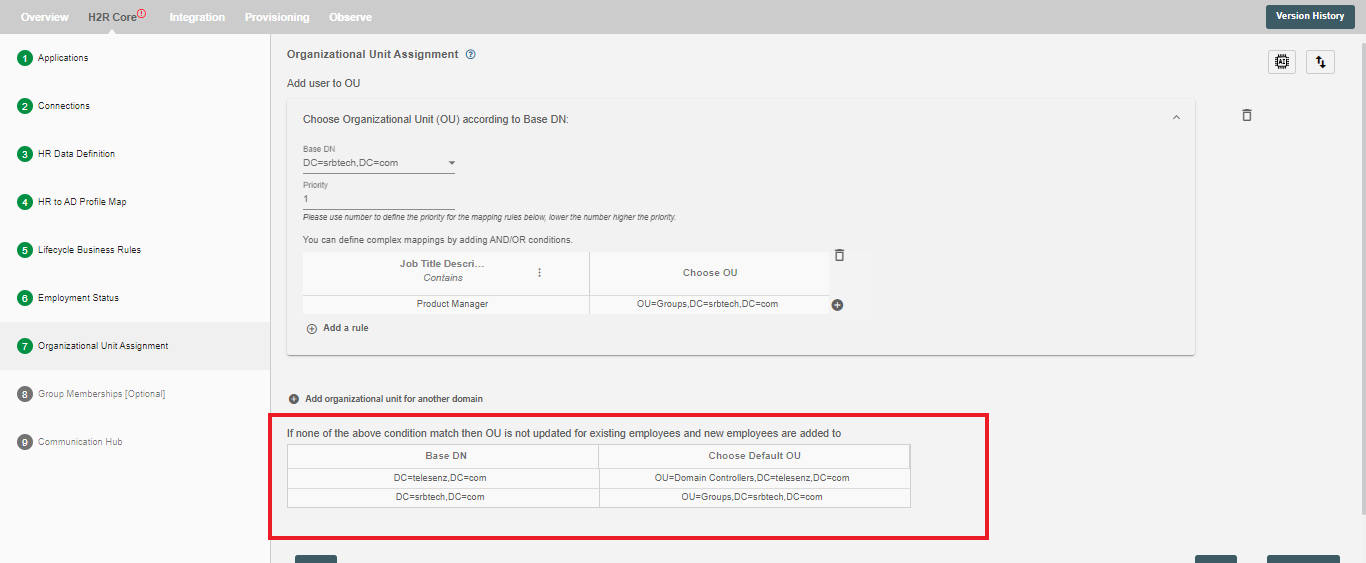
How to create a Rule for mapping the organizational units?¶
Once you are on this step you will see a section under the heading Add user to OU. This section represents a rule based on which organizational units can be assigned to selected users.
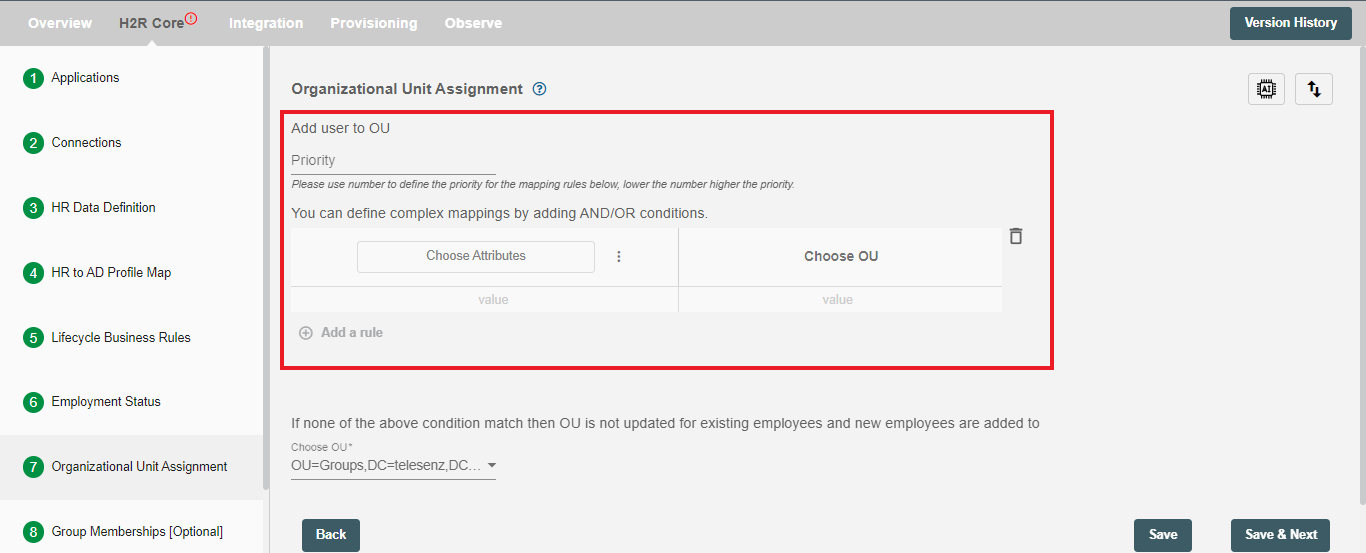
In a multi-domain controller setup, you can assign an OU to the user from any of the base DN depending on the condition.

Following are the steps to create a rule
-
Firstly, you need to set priority for the rules you are mapping. Use numbers to define the priority for the mapping the rules. Lower the number, higher the priority.
-
After that, you can set up the filters to select the users you want to assign organizational units to. You can create a filter using the following steps -
- Click on "Choose Attribute" and select employee attribute and operation you want to apply to match that attribute.
- Next, you get a "Value" field where you type the value you want to match the attribute with and also choose the OU you want to assign.
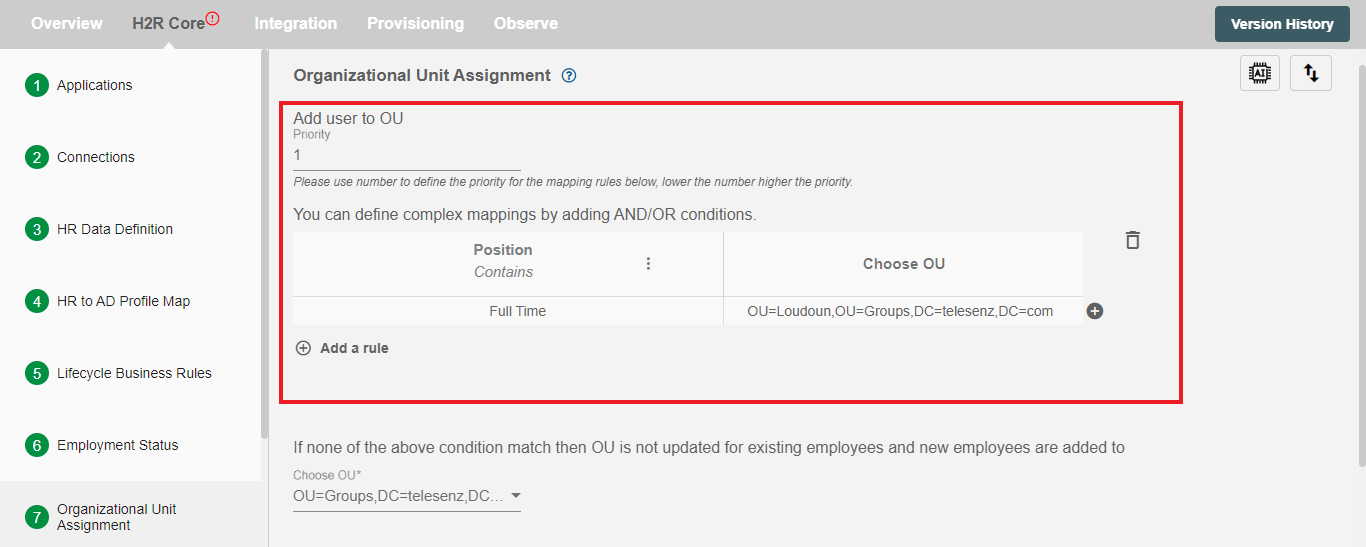 Figure 5. Example of an OU filter
Figure 5. Example of an OU filter -
You can add multiple filters using the "AND" and "OR" logic. These logics can be added using the
:button present on the right of the value input field. -
You can add multiple rows of the above filters using
+button inside the box.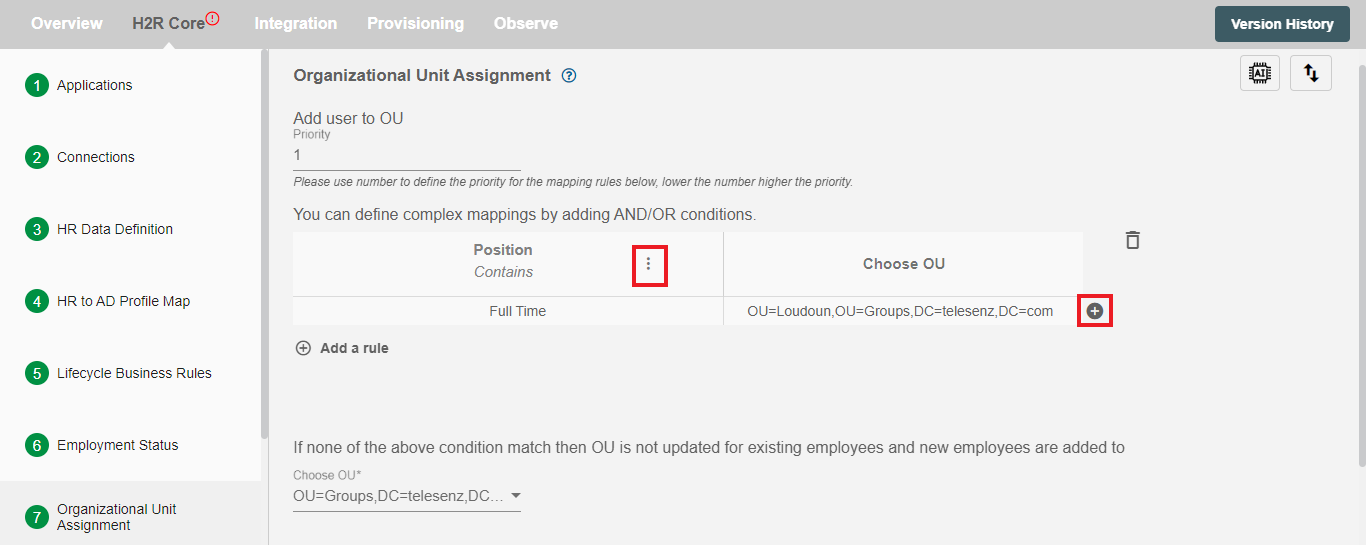 Figure 6. Organizational Unit dropdown to select organizational unit.
Figure 6. Organizational Unit dropdown to select organizational unit.You can add or delete more rules with different priority using the Add a rule or delete button respectively.
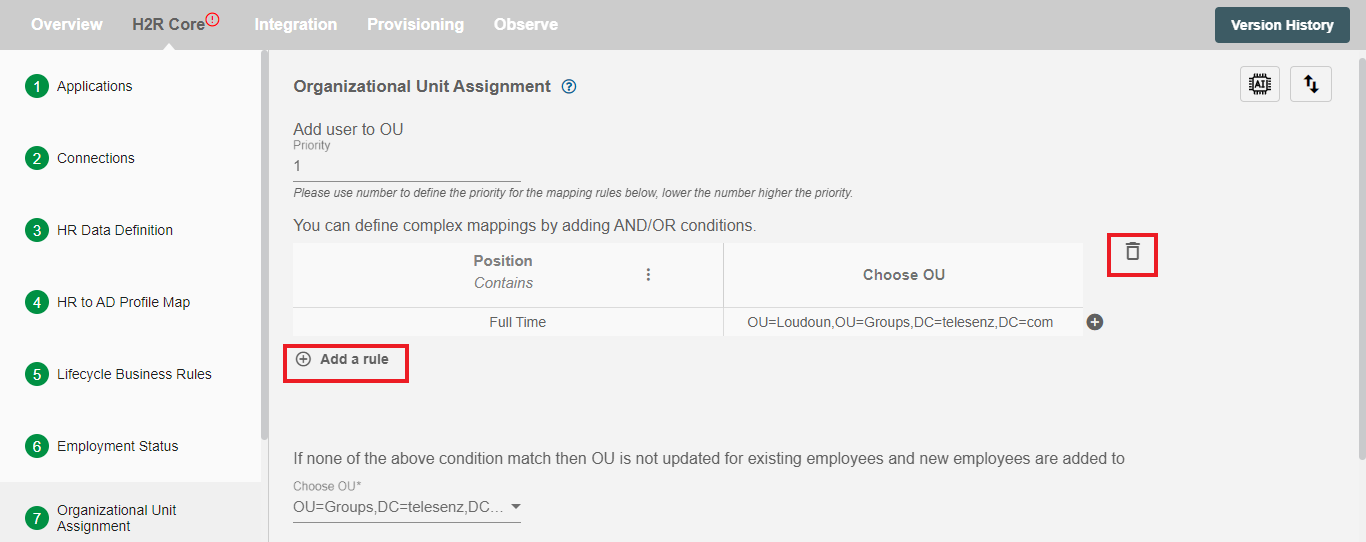 Figure 7. 'Add a rule' and 'Delete' buttons.
Figure 7. 'Add a rule' and 'Delete' buttons.
Adding the default organizational units¶
This is a mandatory field. To add default organizational units, you need to click on the data present in the "Choose OU" dropdown.
Organizational unit that is selected in the "Choose OU" dropdown will be assigned to the users in case if there are no matched rules or if you haven't created any rules.
If you have enabled multi-domain controller option, then you will need to provide default organizational units for all the domain controllers that you have provided in the connection page.
Import And Export Mapping Rules¶
Using this feature, you will be able to import all the mapping rules by uploading a .csv or .xlsx file. Also, you can export all the mapping rules as a .csv/.xlsx file.

To Import or Export a file you have to first click on Import/Export Mapping Rules button. Clicking on this button will open a Dialog box containing two tabs, one is for importing and other is for exporting the mapping rules. By default if the form is valid you will be redirected to Export tab otherwise the Export tab will remain disabled and you will be redirected to the Import tab.
Importing mapping rules¶
Steps for importing file:
-
Choose Import tab from the dialog box.
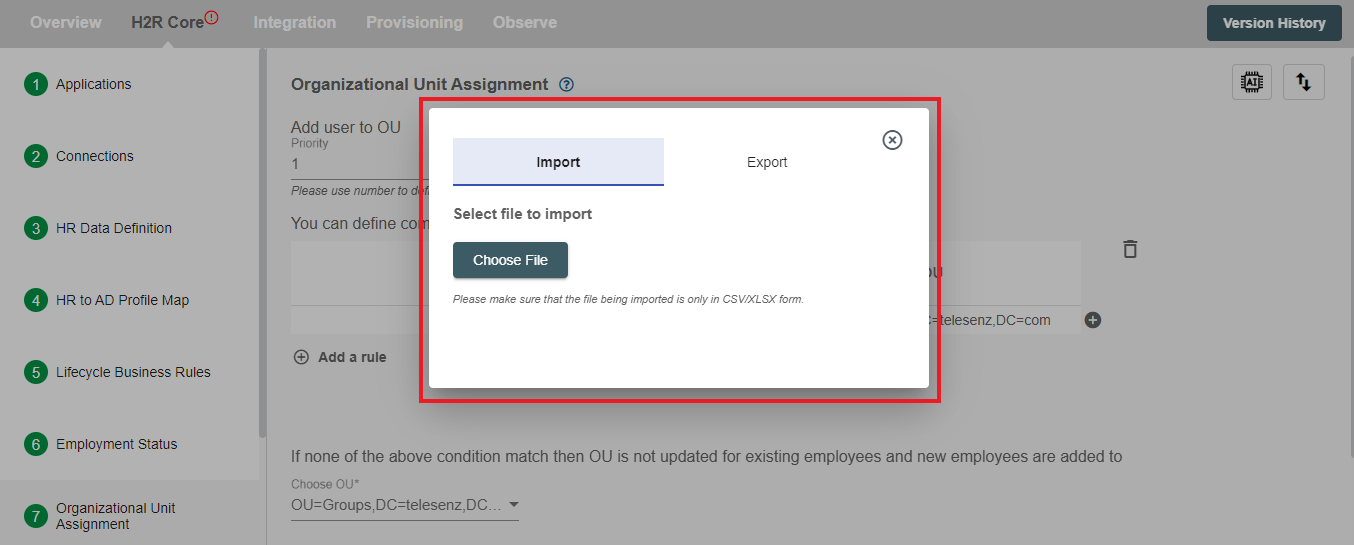 Figure 9. Dialog Box For Importing .xlsx or .csv File
Figure 9. Dialog Box For Importing .xlsx or .csv File -
Now Click on Choose File button to choose the file you want to import. Clicking on button will open file directory from which you can select .csv or .xlsx file.
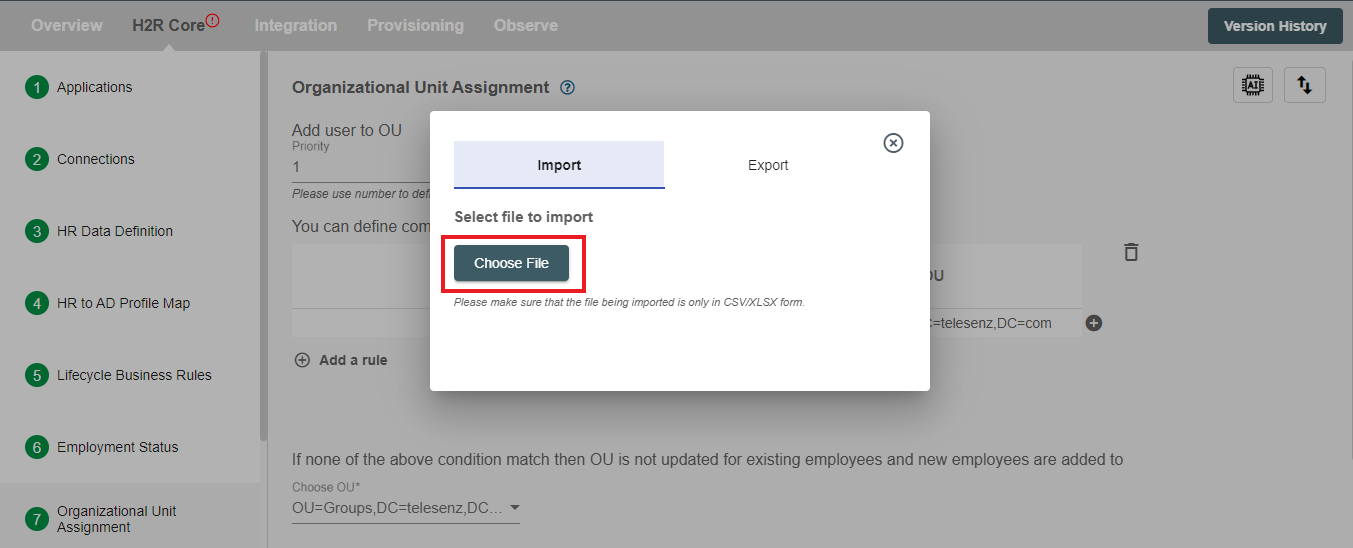 Figure 10. "Choose File" button for choosing file to be imported.
Figure 10. "Choose File" button for choosing file to be imported.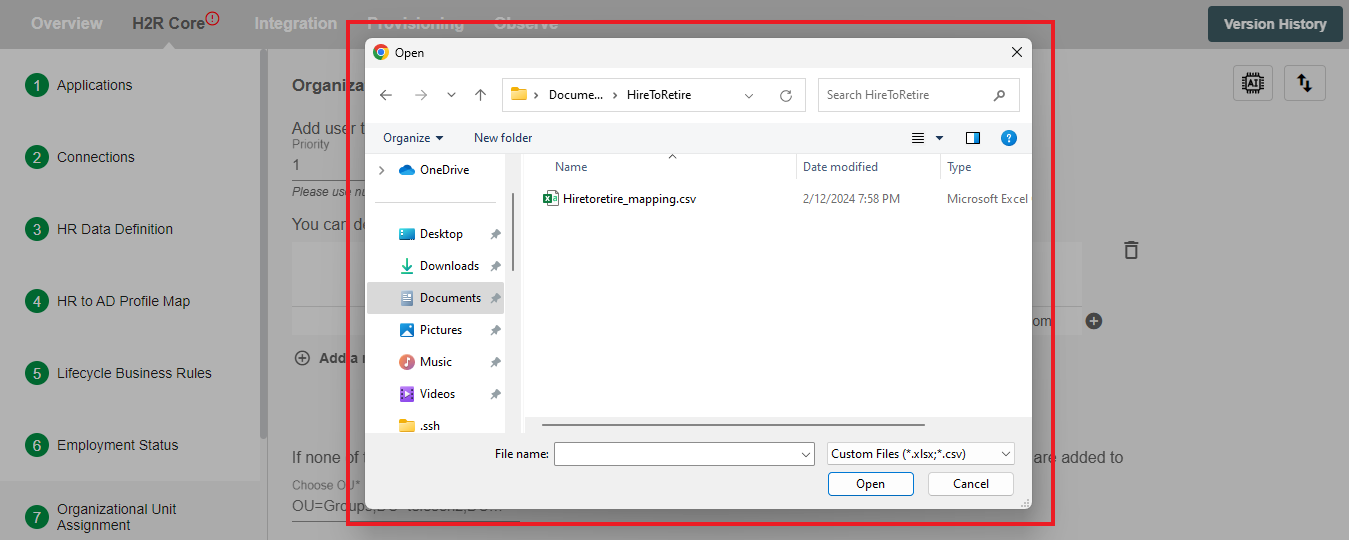 Figure 11. Windows Tab for choosing .xlsx or .csv File.
Figure 11. Windows Tab for choosing .xlsx or .csv File. -
After doing first 3 steps please wait while your file gets imported and rules get created. The rules will be imported in sorted order according to priority. Lower the number, Higher the priority.
Note - There is the specific format to import file. You can get the format by exporting some mapping rules.
Exporting mapping rules¶
Steps for exporting mapping rules:
-
Choose Export tab from a dialog box.
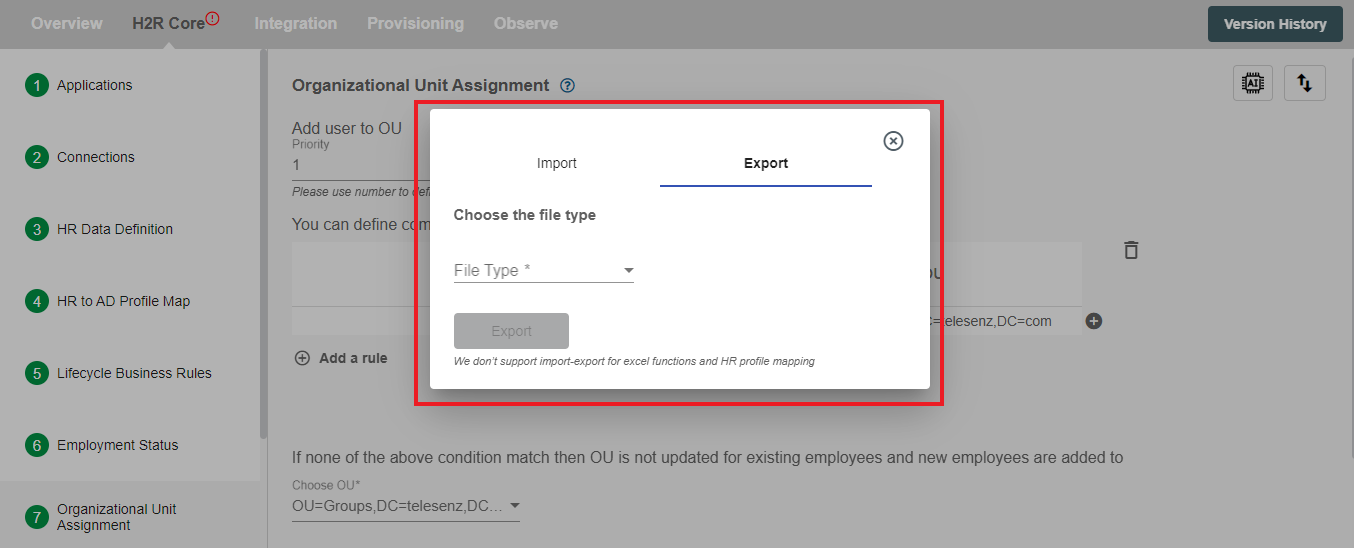 Figure 12. Dialog Box for Exporting File.
Figure 12. Dialog Box for Exporting File. -
Now Select the file format from the dropdown and click on Export button. Once clicked your file will get exported in the selected format and the name of the file will be Hire2Retire_OU_Mapping_(TimeStamp).
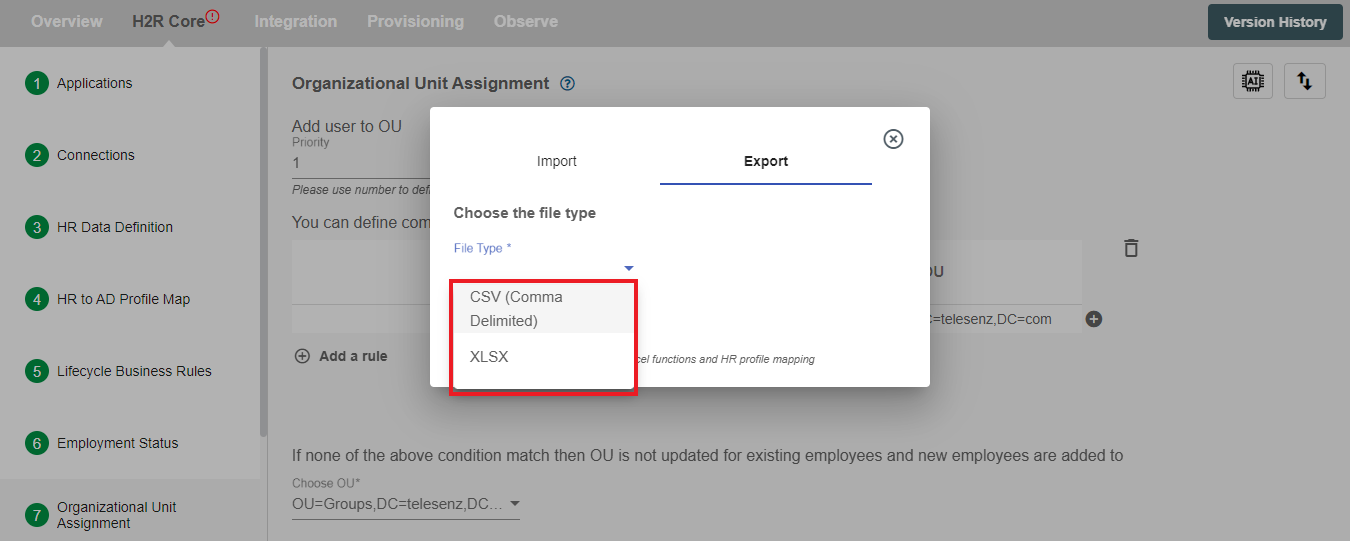 Figure 13. File Formats To Export.
Figure 13. File Formats To Export.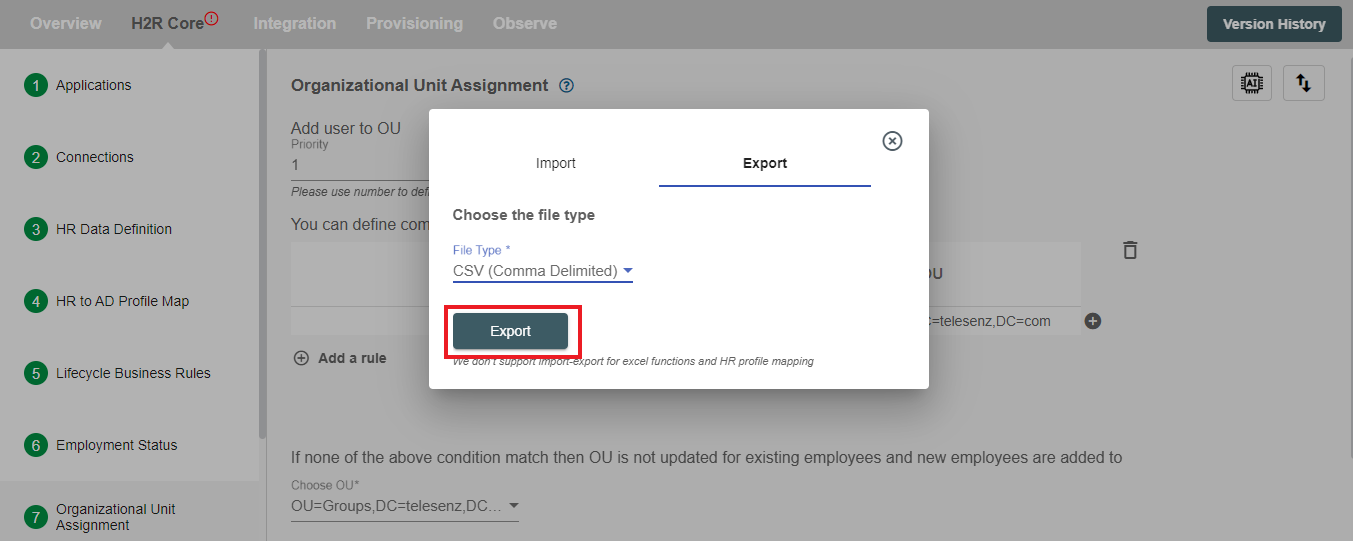 Figure 14. "Export" button.
Figure 14. "Export" button.
AI Insights for Organizational Unit¶
With RoboMQ’s new AI model, rule sets for OUs can be seamlessly generated. Click the icon adjacent to 'Organizational Unit Assignment' in the workflow, and fill out the form for more details. Upon submission, RoboMQ’s AI team will engage with you, craft rule sets, and deliver you as a CSV file.
